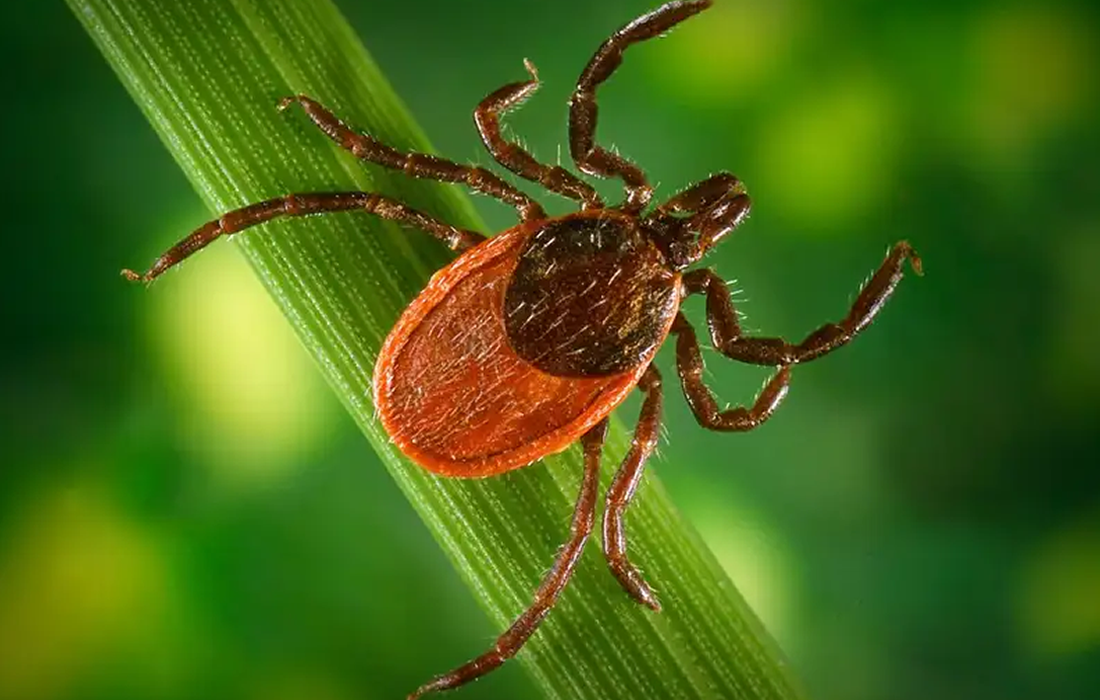Regenerative Medicine News and General Information
New mRNA Vaccine Could Help Prevent Lyme Disease
The ticks Ixodes scapularis transmit many pathogens that cause human disease, including Borrelia burgdorferi. Acquired resistance to I. scapularis due to repeated tick exposure has the potential to prevent tick-borne infectious disease, and salivary proteins have been postulated to contribute to this process.
Lyme disease is caused by the bacterium Borrelia burgdorferi that is transmitted through tick bites. If left untreated, it can cause lifelong health problems like Lyme arthritis and nerve pain.
A new mRNA designed to create an immune response to ticks so they can be removed before transmission of Lyme disease has been shown to be effective in guinea pigs. Researchers hope that their findings will pave the way for clinical trials in humans.
The study was published recently in the journal Science Translational Medicine. The researchers examined the ability of a lipid nanoparticle-containing nucleoside-modified mRNAs encoding 19 I. scapularis salivary proteins (19ISP) to enhance the recognition of a tick bite and diminish the engorgement of I. scapularis on a host and thereby prevent the infection.
The vaccine contains mRNA molecules that instruct cells to make these proteins, in the same way that mRNA COVID-19 vaccines direct cells to make coronavirus proteins.
After the vaccine administration, guinea pigs developed red, itchy rashes when they were bitten by ticks, suggesting their immune systems were responding. The ticks also tended to detach early without sucking as much blood as they normally would. After that researchers placed ticks carrying Borrelia burgdorferi on vaccinated and unvaccinated guinea pigs. The ticks were removed from the vaccinated animals when their skin rashes emerged (after 18 hours) and none became infected with the bacteria. In contrast, half of the unvaccinated animals became infected.
The researchers hope that they can translate their results into human trials, because it will enable us to readily detect a tick bite early, due to the redness at the bite site, which is important because tick bites are often painless and go unnoticed. The tick could then be pulled off before transmitting any Lyme disease-causing bacteria, which normally takes about 36 hours; and even without the tick removal, the immune response may encourage the tick to fall off naturally before transmitting diseases.
Source:
Alice Klein. (2021, Nov 17). mRNA vaccine against tick bites could help prevent Lyme disease. NewScientist. Retrieved from:
https://www.science.org/doi/10.1126/scitranslmed.abj9827
Image from:
A blacklegged tick can spread Lyme disease with its bite
Jim Gathany/CDC

